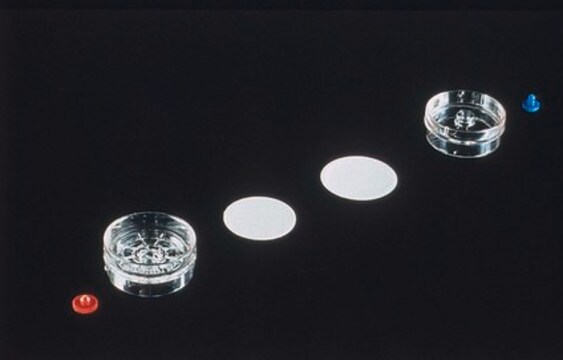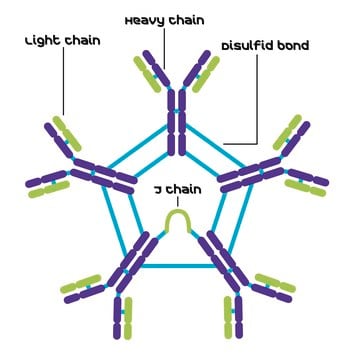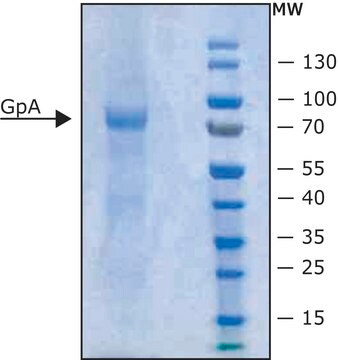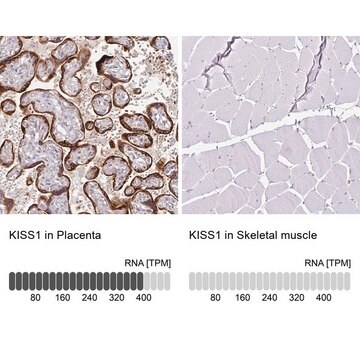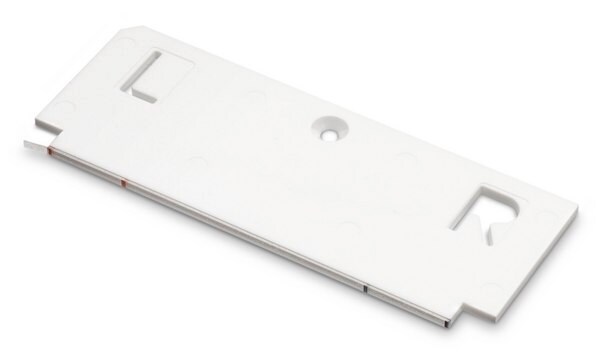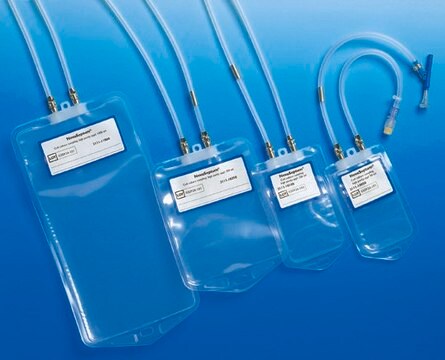MABC184
Anti-SDF-1 Antibody, clone K15C, Azide free
clone K15C, from mouse
Synonym(s):
Stromal cell-derived factor 1, SDF-1, hSDF-1, C-X-C motif chemokine 12, Intercrine reduced in hepatomas, IRH, hIRH, Pre-B cell growth-stimulating factor, PBSF
About This Item
Recommended Products
biological source
mouse
Quality Level
antibody form
purified immunoglobulin
antibody product type
primary antibodies
clone
K15C, monoclonal
species reactivity
mouse, human
technique(s)
ELISA: suitable
immunohistochemistry: suitable
neutralization: suitable
western blot: suitable
isotype
IgG2aκ
NCBI accession no.
UniProt accession no.
shipped in
wet ice
target post-translational modification
unmodified
Gene Information
human ... CXCL12(6387)
General description
Specificity
Immunogen
Application
Apoptosis & Cancer
Growth Factors & Receptors
Western Blotting Analysis: A representative lot from an independent laboratory detected SDF-1alpha, SDF-1beta, and SDF-IP10 chimera, but not IP-10, IL-8, MDC, MIP-1b, eotaxin, and RANTES in WB (Coulomb-L′Hermin, A., et al. (1999). Proc Natl Acad Sci USA. 96(15):8585-8590.).
ELISA Analysis: A representative lot from an independent laboratory detected SDF-1alpha, SDF-1beta, and SDF-IP10 chimera, but not IP-10, IL-8, MDC, MIP-1b, eotaxin, and RANTES in ELISA (Coulomb-L′Hermin, A., et al. (1999). Proc Natl Acad Sci USA. 96(15):8585-8590.).
Immunohistochemistry Analysis: A representative lot from an independent laboratory detected SDF-1 in human fetal liver, lung, and kidney tissues (Coulomb-L′Hermin, A., et al. (1999). Proc Natl Acad Sci USA. 96(15):8585-8590.).
Neutralization Analysis: A representative lot from an independent laboratory attenuates the increased growth of MCF-7-ras tumor development in the presence of CAFs, decreases angiogenesis, and reduced recruitment of EPCs in tumors (Orimo, A., et al. (2005). Cell. 121(3):335-348.).
Immunhistochemistry Analysis: A representative lot from an independent laboratory detected SDF-1 in epidermal Dendritic Cells (DC) in normal and autoimmune diseased skin tissue (Pablos, J. L., et al. (1999). Am J Pathol. 155(5):1577-1586.).
Immunohistochemistry Analysis: A representative lot from an independent laboratory detected SDF-1 in mucosal surfaces of small intestine tissue, rectal tissue, vaginal tissue, and endocervical tissue (Agace, W. W., et al. (2000). Curr Biol. 10(6):325-328.).
Immunohistochemistry Analysis: A representative lot from an independent laboratory detected SDF-1 in mouse bone marrow sections (Dar, A., et al (2005). Nat Immunol. Epub 2005.).
Quality
Western Blotting Analysis: 0.375 µg/mL of this antibody detected SDF-1 in 10 µg of HEPG2 cell lysate.
Target description
Physical form
Storage and Stability
Handling Recommendations: Upon receipt and prior to removing the cap, centrifuge the vial and gently mix the solution. Aliquot into microcentrifuge tubes and store at -20°C. Avoid repeated freeze/thaw cycles, which may damage IgG and affect product performance.
Analysis Note
HEPG2 cell lysate
Other Notes
Disclaimer
Not finding the right product?
Try our Product Selector Tool.
Storage Class Code
12 - Non Combustible Liquids
WGK
WGK 2
Flash Point(F)
Not applicable
Flash Point(C)
Not applicable
Certificates of Analysis (COA)
Search for Certificates of Analysis (COA) by entering the products Lot/Batch Number. Lot and Batch Numbers can be found on a product’s label following the words ‘Lot’ or ‘Batch’.
Already Own This Product?
Find documentation for the products that you have recently purchased in the Document Library.
Articles
The term neurodegeneration characterizes a chronic loss of neuronal structure and function leading to progressive mental impairments.
Our team of scientists has experience in all areas of research including Life Science, Material Science, Chemical Synthesis, Chromatography, Analytical and many others.
Contact Technical Service